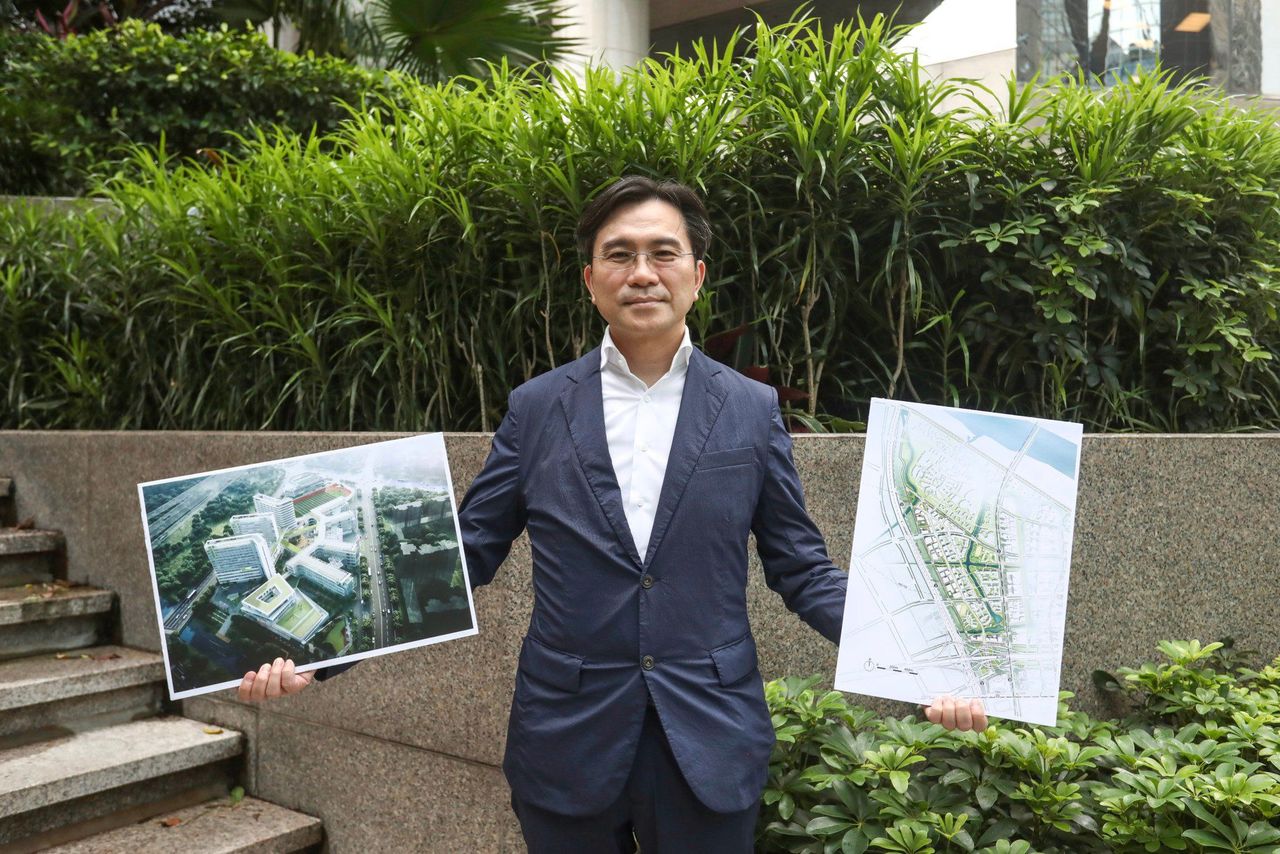Hong Kong News

Bid to keep woodland, flat target at Hong Kong housing site ‘may alter design rules’
Experts have suggested that efforts to preserve a patch of woodland may trigger changes to planning rules at a controversial public housing development on Hong Kong’s oldest golf course, while proposing solutions to meet the target of building 12,000 flats.
The government could tailor-make the residential blocks or apply to increase the height limit they must follow, but one top surveyor warned that taller towers would affect the visual aesthetics of the site.
Veteran planning and surveying specialists shared their views with the Post a day after the Advisory Council on the Environment backed the ecological impact assessment report on the nine-hectare (22-acre) housing plan at the golf course in Fanling. But the council also asked to add a condition that would preserve 0.39 hectares of woodland by revising the development’s layout.

“The government will not want to cut the number of flats given the tight housing supply,” said town planner Thomas Lee Kin-wah, adding that the layout plan was still preliminary and the effect on the number of homes to be built was not yet clear.
“Planning is about give and take. As the council has stressed the importance of the woodland, the government should try its best to incorporate the feedback … They can use some creative designs to accommodate,” he said.
The Hong Kong Golf Club leases 172 hectares of land in Fanling. About one-fifth of the course, 32 hectares, has been earmarked for building 12,000 public flats and a recreational area. The number of homes on the site would be equal to about half of the city’s annual public housing production target.
The flats are expected to be completed by 2029.

The woodland is in the heart of the housing area, in a section designated for one of the residential blocks. That section will also contain a podium garden with commercial developments and parking spaces, part of a public transport interchange and a section of a building that will house community facilities.
The final decision on approving the report, with the council’s recommended change, lies with the director of environmental protection.
The project still needs approval from the Town Planning Board and the Legislative Council.
Lee said the government could explore the possibilities of building an underground car park and scaling down the size of the transport terminal and community facilities, provided that infrastructure in the district could otherwise meet the demand.
 An advisory council hopes to preserve a 0.39-hectare woodland by revising the development’s layout.
An advisory council hopes to preserve a 0.39-hectare woodland by revising the development’s layout.
“As long as the layout does not contravene the planning standards on distances between buildings and their effect on natural lighting, authorities can consider putting buildings closer to one another or increasing building height,” Lee said.
According to the paper submitted to the Town Planning Board by authorities, the proposed building height limit of the area is 170 metres (558 feet) and 127 to 170 metres for residential blocks.
Authorities can apply for relaxing the height restrictions if necessary, but they would need to follow statutory procedures, he added.
Lee said he believed the government hoped to place the podium garden in the middle of the area, where the woodland is located, to serve the whole estate. But the garden could be relocated, he said.
Lau Chun-kong, chairman of the Hong Kong Institute of Surveyors’ land policy panel, said the possible change to the layout should not impact the supply of flats from the development.
“The construction site is big enough to move the buildings around. It does not involve a reduction in developable space at all,” said Lau, suggesting the residential blocks could be moved closer to the periphery.
But he said increasing the height of the buildings would be difficult as it would create an adverse visual impact.
 Veteran town planner Thomas Lee holds up designs for an unrelated project last year.
Veteran town planner Thomas Lee holds up designs for an unrelated project last year.
Benny Chan Chak-bun, president of the Hong Kong Institute of Architects, said the government could also tailor-make housing blocks, instead of using the standard design from the preliminary layout, to meet the flat supply target while preserving the woodland.
Anthony Chiu Kwok-wai, executive director of the Federation of Public Housing Estates, said he supported modifying the layout to strike a balance between housing supply and environmental conservation.
“If the whole plan is rejected, we will lose a total of 12,000 flats,” he said.
“It’s definitely not desirable if the plan is cut to a few thousand flats only.”
Chiu said the government could also explore whether the housing plan could have fewer commercial facilities, depending on the ability of malls and markets in nearby estates to meet the needs of residents.
The Development Bureau said earlier that it would not comment on the matter before the director of environmental protection announced his decision.











